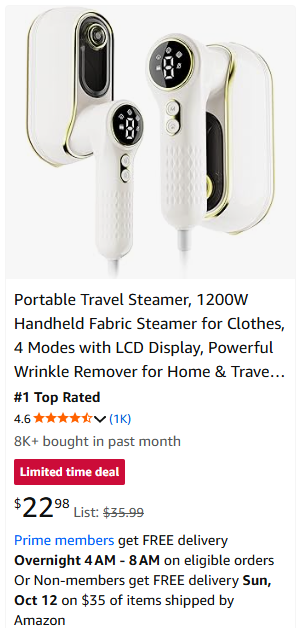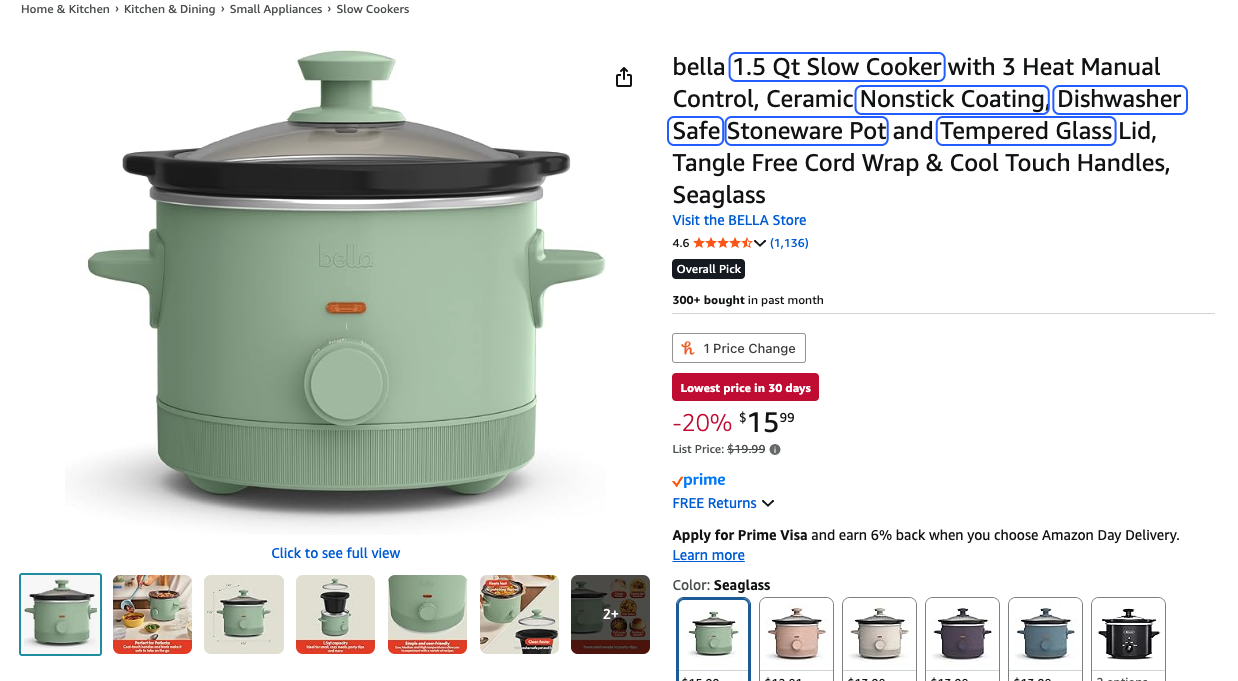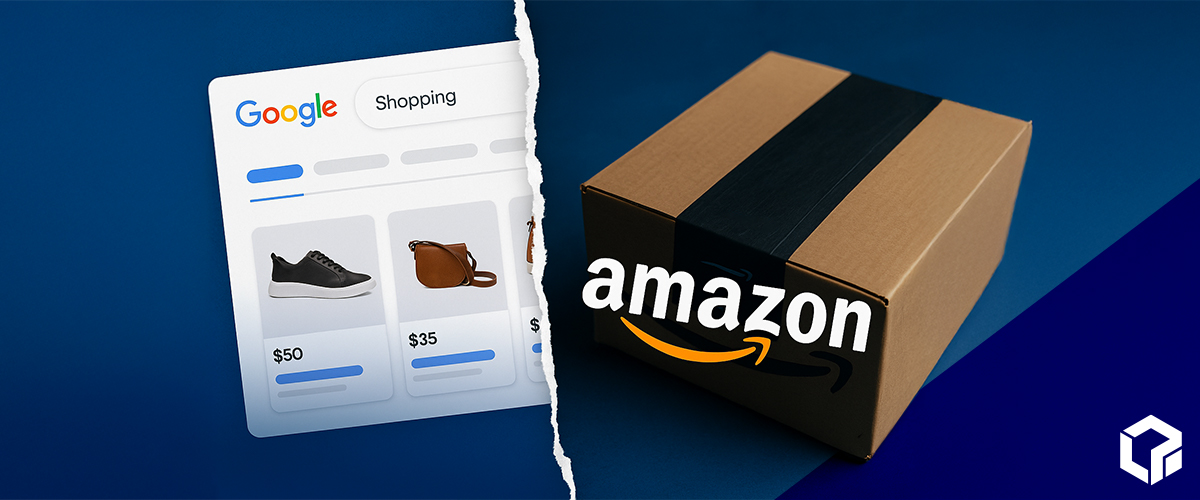Every year, the holiday shopping frenzy starts earlier and grows larger, making it the most critical sales period for Amazon sellers. The convenience of online shopping, combined with major sales events like Black Friday and Cyber Monday, creates a perfect storm for record-breaking revenue. Shoppers are actively searching for products, and their intent to purchase is at its peak.
However, the high stakes also mean there is little room for error. Increased traffic amplifies every aspect of your business, both good and bad. A well-optimized listing will convert more visitors than ever, but an understocked product will lead to missed sales and a drop in search ranking. An effective advertising campaign can capture unprecedented market share, while a poorly managed one can drain your budget with minimal return.
Our guide will walk you through the essential steps to prepare your Amazon strategy for the upcoming holiday rush. By following a structured, data-driven approach, you can position your business to better capitalize on the holiday surge and achieve your sales goals.
Leveraging Historical Performance
To build a successful holiday strategy, you must first look back. Your past performance data is a goldmine of insights that can inform your decisions for the upcoming season.
Accessing Historical Data
One of the challenges sellers face is Amazon’s limited data retention, which typically only allows you to view performance data from the last 90 days. This makes it difficult to analyze year-over-year trends. While it’s possible for a seller to keep track of this kind of data, a dedicated agency proactively saves and tracks historical performance data to provide clients with long-term insights. Still, it’s wise to implement a system of your own alongside an agency’s system to verify the saved data throughout the year.
Benchmarking and Goal Setting
Once you have your data from the previous holiday season, you can use it to set realistic benchmarks and shape expectations for the current year. Comparing key metrics like sales volume, conversion rates, and ad spend will help you establish a baseline. However, remember that economic conditions are subject to change. Performance in 2025 may not mirror 2024, so factor in broader market trends when setting your goals.
Identifying Key Signals From Past Data
Of course, it’s worth noting that your historical data can reveal critical patterns. Pay close attention to:

Inventory Health Identify your top-performing products from last year. Are they well stocked for the upcoming season? Running out of stock on a bestseller during a peak sales day can be a costly mistake.

Promotion Effectiveness Review the promotions you ran last year. Which ones drove the most sales or had the highest return on investment? Use this information to decide which promotions to repeat, adjust, or avoid altogether.
Strategic Holiday Promotions
Promotions are a powerful tool for attracting holiday shoppers, but you must manage them strategically to protect your margins. Fortunately, Amazon offers several promotional tools to help you stand out:

Coupon Badges Display a visible percentage or dollar-off amount directly on your listing to grab attention quickly.

Strikethrough Pricing Show the original price crossed out beside a lower one to create a instant sense of savings & value.

Lightning Deals High-urgency promotions lasting one to four hours with limited stock. High volume at steep discounts.

Prime Exclusive Deals Limited-time offers during events like Prime Day or Black Friday, marked with exclusive Prime-only badging.
Key Considerations Before Launching Deals
Before launching any promotion, carefully consider the financial implications. Factor in Amazon’s promotional fees on top of your discounts to understand the true impact on your margins. You must also define your goal. Are you aiming for sheer volume growth to improve your Best Seller Rank, or is your primary objective to maximize profit on each sale? Your answer will determine the type and depth of the promotions you run.
Optimizing Your Advertising Strategy
A common mistake sellers make is to aggressively raise bids and budgets across all campaigns as the holiday season approaches. This “blanket bidding” approach is risky and often leads to wasted ad spend. A more strategic, data-driven method will yield better results.
Use Prime Day as a Test Run
Amazon typically holds a second Prime Day event in October (Oct. 7-8, 2025), providing a perfect opportunity to test your holiday strategy. Use this event to experiment with promotions, coupons, and advertising adjustments. You can apply the insights you gather in October to better optimize your campaigns for the even larger traffic spikes in November and December.
Maintaining Control Over Bids
While Amazon’s automated bidding strategies, like “dynamic bid up and down,” can seem useful, over-reliance on them during peak season can cause your ad spend to spiral out of control or cause you to miss out on sales. Instead, adopt a more systematic approach:
- Download keyword reports: Identify your high-profit, high-converting keywords and focus your efforts there.
- Track impression share: Monitor your impression share on key terms to ensure you maintain visibility against competitors.
- Set bids manually: Use real-time data to set bids confidently, giving you greater control over your cost-per-click and overall budget.
Strategic Keyword Targeting
Avoid wasting your budget on broad, low-performing keywords like “stocking stuffer.” While these terms have high search volume, they are often highly competitive and have low conversion rates. Instead, focus on identifying untapped, higher-converting keyword opportunities that are more specific to your product.
Enhancing Conversion Rates for Holiday Traffic
Driving traffic to your listings is only half the battle. If that traffic doesn’t convert, you might have wasted your advertising efforts. For example, a low conversion rate compared to your category average is a red flag that you should address before the holiday traffic surge. Regardless of the reason for your issue, the best way to improve your conversion rate is to focus on optimizing aspects of your product listings:
Keywords and SEO: Ensure your listings are filled with relevant keywords to improve discovery in Amazon’s search results.
Visuals and titles: Use high-quality, compelling product images and craft strong, benefit-driven titles that grab attention.
Shipping options: Offer fast and reliable shipping through Fulfillment by Amazon (FBA) and Prime eligibility. This is a major conversion driver, especially for last-minute holiday shoppers.

Leveraging New Audience Targeting Capabilities
Remember that when you’re getting your Amazon strategy ready for the holidays, there’s always room for improvement. That’s why you should try out new techniques, like Amazon’s audience targeting programs.
Sponsored Products Audience Targeting
This holiday season marks the first time that influential new audience targeting features are widely available for Sponsored Products campaigns, which typically account for 75–90 percent of a seller’s ad budget. This feature enables you to target more specific audience segments within your Sponsored Products campaigns, which should help further improve sales.
Amazon Marketing Cloud (AMC) Audiences
Previously reserved for display ads, you can now use audiences created in Amazon Marketing Cloud in Sponsored Products and Sponsored Brand campaigns. This opens up sophisticated targeting opportunities based on detailed customer behavior.

Key targeting opportunities include:
- Past purchasers: Retarget previous buyers who may be looking for gifts.
- Add-to-cart audiences: Reach users who have added your product (or a competitor’s) to their cart but have not yet completed the purchase.
- High interest based on shopping history: Reach users whose shopping history has shown interest in purchasing the advertised product.
It is crucial to test these new audience-targeting options before the peak holiday events. Use the weeks leading up to Black Friday to understand how these audiences perform so you can confidently allocate your budget when it matters most.
Who Can Help?
As we mentioned, if you need assistance with tracking old Amazon data or anything else we covered here, Logical Position is your go-to source. We provide Amazon advertising solutions to a diverse range of companies, and we have the expertise to help you maximize the impact of your ads this holiday season. Reach out to us if you’d like to learn more about what we can do for you.





